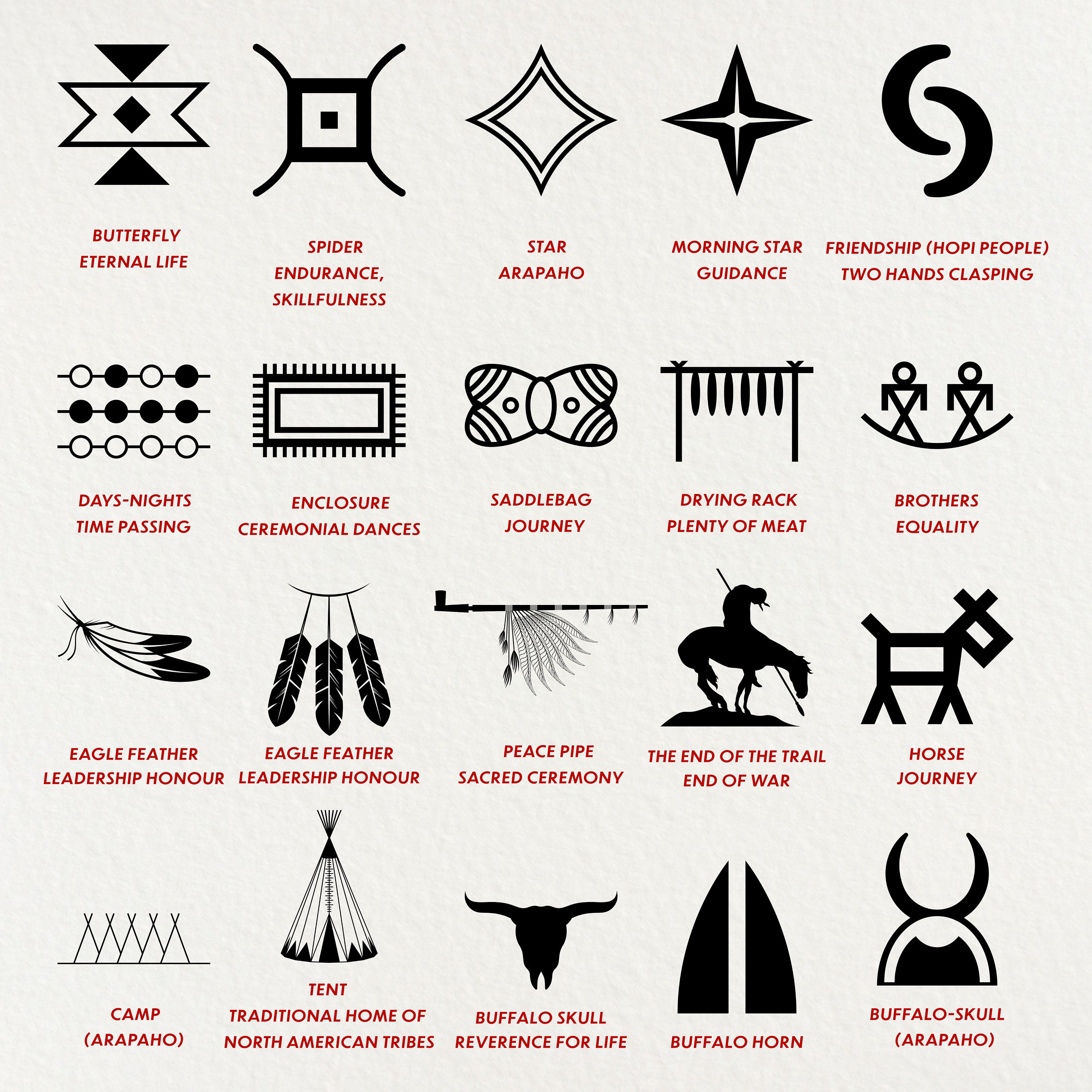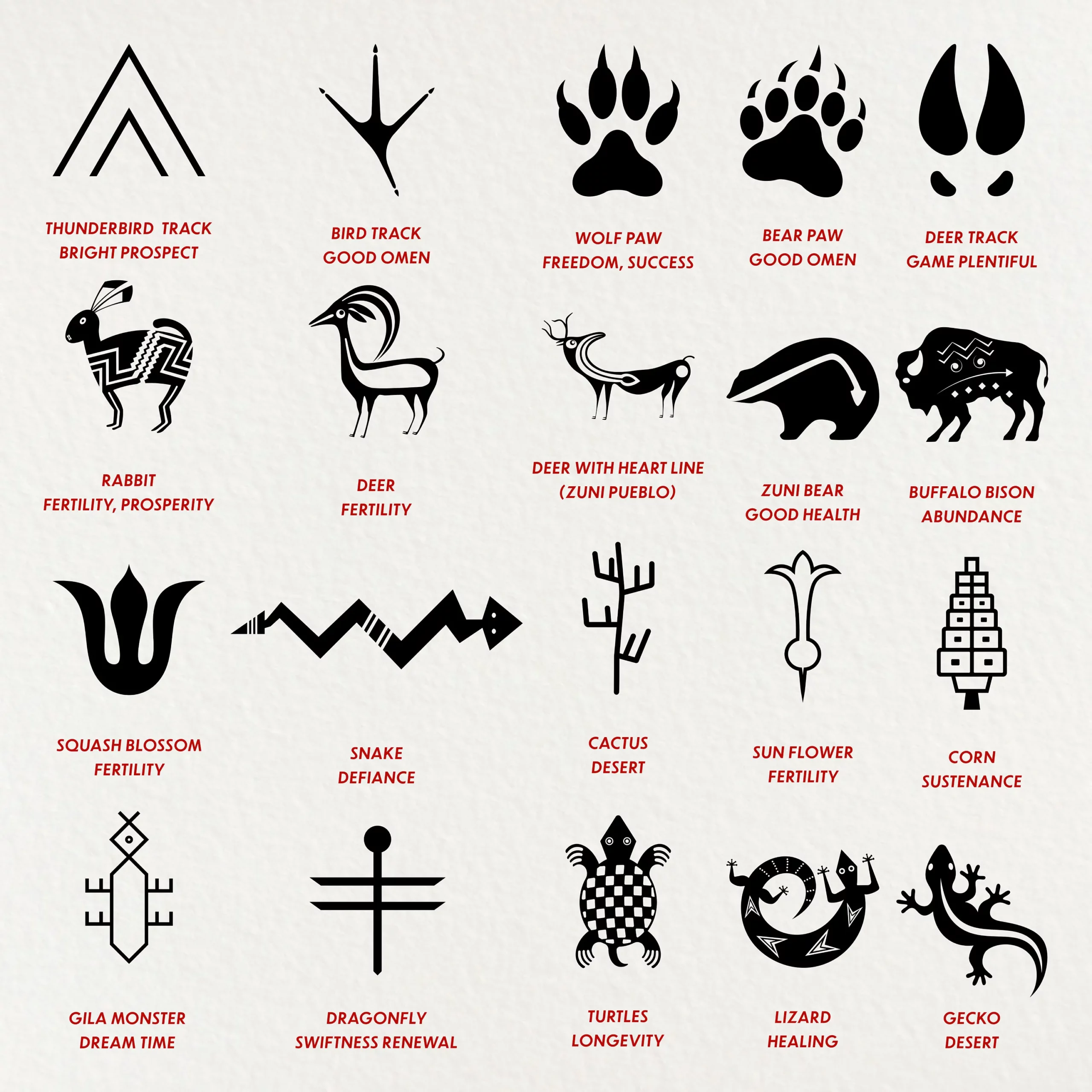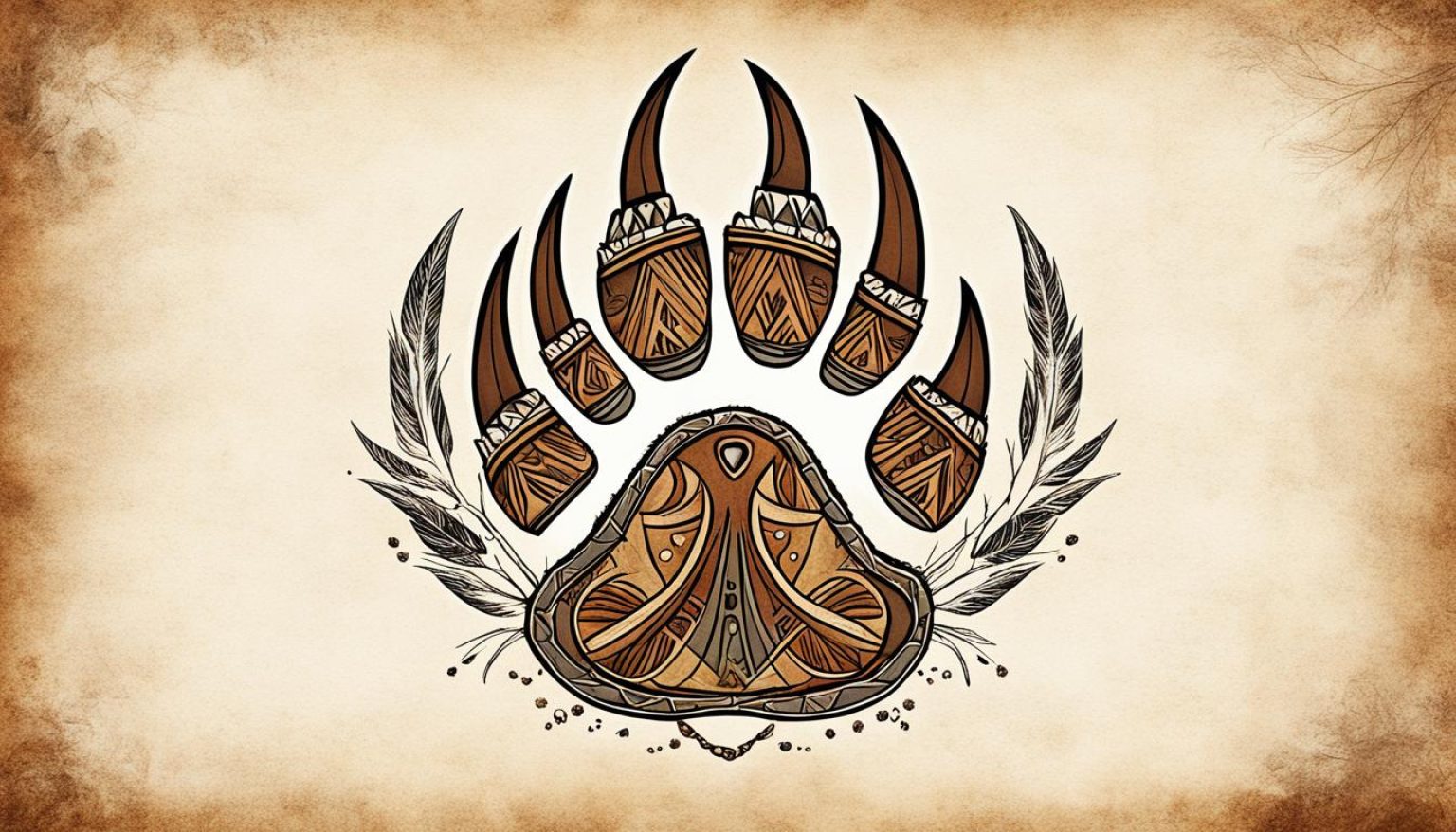
The Enduring Language of Spirit: Native American Spiritual Symbols and Their Profound Meanings
Native American cultures across North America are rich tapestries woven with spiritual beliefs, oral traditions, and profound connections to the land. Central to these traditions are spiritual symbols, potent visual representations that encapsulate complex philosophies, historical narratives, and sacred wisdom. Far from mere decorations, these symbols are living languages, embodying the spiritual essence of a people, guiding their understanding of the cosmos, their place within it, and their responsibilities to all living things. Understanding these symbols offers a crucial window into the diverse spiritual landscapes of Indigenous peoples, revealing a profound respect for nature, community, and the interconnectedness of existence.
It is crucial to preface this exploration by acknowledging the immense diversity among Native American nations. There are hundreds of distinct Indigenous cultures, each with its own unique interpretations, histories, and spiritual practices. While some symbols may share general meanings across tribes, their specific nuances, ceremonial uses, and even visual representations can vary significantly. Generalizations, while sometimes necessary for an overview, must always be approached with caution and deep respect for specific cultural contexts. Many symbols also hold deep, sacred meanings that are not shared publicly or are reserved for specific ceremonies and individuals. This article aims to provide a respectful overview of commonly recognized spiritual symbols and their general interpretations within Indigenous traditions, emphasizing the underlying philosophies they represent.
The Dreamcatcher: A Web of Protection and Hope
Originating with the Anishinaabe (Ojibwe) people, the Dreamcatcher has become one of the most widely recognized Native American symbols. Traditionally, it consists of a willow hoop, often six to eight inches in diameter, with a woven web or sinew inside, adorned with sacred items like feathers and beads. Its primary spiritual meaning revolves around protection, particularly for children. The web is believed to catch bad dreams and negative energies, holding them until the first rays of morning sun evaporate them. Good dreams, conversely, are said to pass through the central hole and slide down the attached feathers to the sleeper.
"Originally, dreamcatchers were small, only a few inches in diameter, and were hung above cradles as protective charms for infants," notes historical records from the Ojibwe Cultural Foundation. This practice highlights a profound parental care and spiritual guardianship embedded in the culture. The dreamcatcher is a powerful symbol of filtering out negativity and embracing positivity, a metaphor for navigating life’s challenges while holding onto hope and good intentions.

The Medicine Wheel: A Holistic Map of Existence
Perhaps one of the most encompassing and deeply philosophical symbols is the Medicine Wheel, also known as the Sacred Hoop. While its specific structure and interpretation can vary significantly across tribes (e.g., Lakota, Cheyenne, Blackfoot, among others), its core meaning revolves around balance, harmony, and the interconnectedness of all life. A Medicine Wheel typically consists of a central stone or point, representing the Creator or the self, surrounded by a circle of stones, often divided into four quadrants by lines extending from the center.
Each of the four directions (East, South, West, North) holds profound significance, often associated with specific colors, elements, stages of life, animals, and aspects of human nature. For example, the East might represent the rising sun, new beginnings, clarity, and the spirit; the South, warmth, growth, innocence, and emotion; the West, introspection, maturity, the setting sun, and the physical body; and the North, wisdom, challenges, old age, and the mind. The circle itself symbolizes the continuous cycle of life, death, and rebirth, and the unity of all beings.
The Oglala Lakota holy man Black Elk eloquently captured the essence of this unity: "The first peace, which is the most important, is that which comes within the souls of men when they realize their relationship, their oneness, with the universe and all its powers, and when they realize that at the center of the universe dwells Wakan-Tanka (the Great Spirit), and that this center is really everywhere, it is within each of us." The Medicine Wheel serves as a tangible representation of this profound spiritual truth, guiding individuals towards self-knowledge, communal harmony, and environmental stewardship.
Feathers, Especially Eagle Feathers: Messengers of the Divine
Feathers, particularly those of the Eagle, hold immense spiritual significance across most Native American cultures. The eagle, soaring highest among all birds, is seen as a direct messenger to the Creator. Its feathers, therefore, are among the most sacred objects, symbolizing honor, courage, wisdom, strength, trust, freedom, and a direct connection to the spiritual realm. To receive an eagle feather is considered one of the highest honors, often bestowed for acts of bravery, leadership, or profound spiritual insight.
The reverence for eagle feathers is so deep that their possession and use are highly restricted, often requiring special permits for Native Americans in the United States, a testament to their sacred status. They are used in ceremonies, adorn regalia, and are integral to healing practices and prayers, embodying a conduit between the human and the divine. The feather, light yet powerful, represents the breath of life and the spiritual journey.
Animal Totems: Guides, Teachers, and Kin
Animals play a central role in Native American spirituality, often seen as guides, teachers, and powerful spiritual allies. Many tribes have animal totems or spirit animals that individuals or clans identify with, drawing strength and lessons from their characteristics.

- Bear: Symbolizes strength, courage, healing, introspection, and wisdom. Often associated with medicine people and the ability to heal both physical and spiritual ailments, drawing from its hibernation for reflection and its powerful physical presence.
- Wolf: Represents loyalty, intelligence, teaching, pathfinding, and strong family bonds. Wolves are often seen as guides, possessing deep intuition and a keen sense of community.
- Buffalo/Bison: A sacred animal, particularly for Plains tribes, symbolizing abundance, sacrifice, gratitude, and prayer. The buffalo provided sustenance, shelter, and tools, embodying the Great Spirit’s generosity and teaching the lesson of giving back.
- Turtle: Revered as Mother Earth in many creation stories, symbolizing longevity, protection, patience, and wisdom. The turtle’s shell often represents the dome of the sky or the world itself.
- Coyote: The ultimate Trickster figure, Coyote embodies wisdom, adaptability, humor, and often teaches through mistakes and unconventional means, challenging norms and bringing about change.
- Owl: Represents wisdom, foresight, silence, and the ability to see what others cannot, especially in darkness. It is often associated with the unseen and the mysteries of the night.
- Snake: Symbolizes rebirth, transformation, healing, and wisdom, due to its shedding of skin and its connection to the earth’s energies.
These animals are not merely symbolic but are seen as living relatives, each carrying specific spiritual lessons and powers that can be called upon for guidance and strength.
The Sun, Moon, and Thunderbird: Cosmic Forces
The Sun is a universal life-giver, symbolizing warmth, healing, power, and truth. It represents the male principle, often associated with the Creator and the source of all energy. The Moon, conversely, embodies feminine energy, cycles, intuition, and the protector of the night. Together, the Sun and Moon represent balance, duality, and the cosmic order that governs all life.
The Thunderbird is a mythical, powerful bird figure common in many Indigenous cultures, particularly in the Pacific Northwest and Great Plains. It symbolizes power, protection, and the bringer of storms and change. With its wings creating thunder and its eyes flashing lightning, the Thunderbird is a powerful spirit helper, capable of both creation and destruction, reminding humanity of nature’s awe-inspiring force.
Sacred Plants and Practices: Cleansing and Connection
While not visual symbols in the traditional sense, the plants used in Smudging ceremonies – Sage, Cedar, and Sweetgrass – are profoundly symbolic and integral to spiritual practice. Smudging involves burning these sacred herbs to create smoke that is used to purify individuals, objects, and spaces, cleansing negative energies and inviting positive ones.
- Sage: Known for its cleansing properties, purifying negative thoughts, bad spirits, and heavy emotions.
- Cedar: Used for protection, drawing in positive energy, and for healing.
- Sweetgrass: Often burned after sage or cedar, its sweet, vanilla-like aroma invites good spirits, brings peace, and signifies gratitude and the sacred breath of life. The smoke from these plants is believed to carry prayers to the Creator.
Petroglyphs and Pictographs: Ancient Narratives
Ancient rock art, known as Petroglyphs (carvings into rock) and Pictographs (paintings on rock), are direct ancient communication from ancestors. These symbols, found across North America and dating back thousands of years, served as spiritual messages, historical records, and narratives of vision quests. They depict animals, human-like figures, abstract patterns, and celestial bodies, each carrying deep spiritual and historical significance, offering glimpses into the worldviews and spiritual practices of past generations.
The Sacred Pipe (Chanunpa): A Prayer in Form
For many Plains tribes, the Sacred Pipe (Chanunpa) is one of the most revered objects. It represents unity, prayer, and the connection between heaven and earth. The pipe’s stem, often seen as male, and the bowl, seen as female, unite to create life and facilitate communication with the Great Spirit. The sacred tobacco (a traditional, non-commercial blend) smoked in the pipe is believed to carry prayers on its smoke directly to the Creator. Used in ceremonies ranging from peace treaties to daily prayers, the pipe symbolizes peace, truth, and the sacred breath that binds all life.
Modern Relevance and Cultural Preservation
Today, these symbols continue to play a profound role in Indigenous communities. They serve as powerful reminders of cultural identity, resilience, and connection to ancestral wisdom. In a world increasingly disconnected from nature and spiritual roots, these symbols offer timeless lessons on balance, respect, and interconnectedness. They are actively used in contemporary art, education, and spiritual practices, helping to preserve and revitalize Indigenous languages, traditions, and worldviews against the backdrop of historical trauma and ongoing challenges. The effort to reclaim and protect these sacred symbols from commercial exploitation and cultural appropriation remains a significant ongoing struggle for many Indigenous peoples, underscoring their enduring spiritual and cultural value.
Conclusion
Native American spiritual symbols are more than just images; they are profound expressions of a worldview that honors the sacredness of all life. From the protective embrace of the dreamcatcher to the holistic wisdom of the medicine wheel, and the solemn respect afforded to the eagle feather, each symbol tells a story, imparts a lesson, and connects individuals to a vast spiritual heritage. They serve as a constant reminder of the intricate balance of the universe, the enduring power of community, and the timeless wisdom embedded in the land itself. To truly appreciate these symbols is to engage with a spiritual legacy that continues to teach, inspire, and guide, offering invaluable insights into a harmonious way of being in the world – a harmony deeply rooted in respect for the earth, the spirit, and all living relations.


